Saint Malo, France
Article about a personal view on St Malo for mature and senior couple and solo travellers exploring Mont st Michel France and Europe. Interest in history, landscapes and cities as well as places with great art such as Rodin and the impressionists such as Monet.
16 Jul 21 · 8 mins read

As with many travellers, my fascination with a particular place is often inspired by a book or an article writes Odyssey leader, Jan McIntosh when visiting as part of a small group tour of St Malo is a personal favourite as a tour director.
France is a feature destination for Odyssey Traveller collection of small group tour. Many of our senior and mature travellers whether couples or solo travellers have a small group tour to France including Paris as a bucket list. And look to include the Loire valley, Bayeux Tapestry, Chatres, Mont St Michel, the Normandy beaches including Omaha beach and the other landing beaches, Monet’s Giverny as part of their France tour program. We visit Saint Malo as part of the Anglo- French small group tour that includes Northern France, a Normandy tour and the Channel Island.
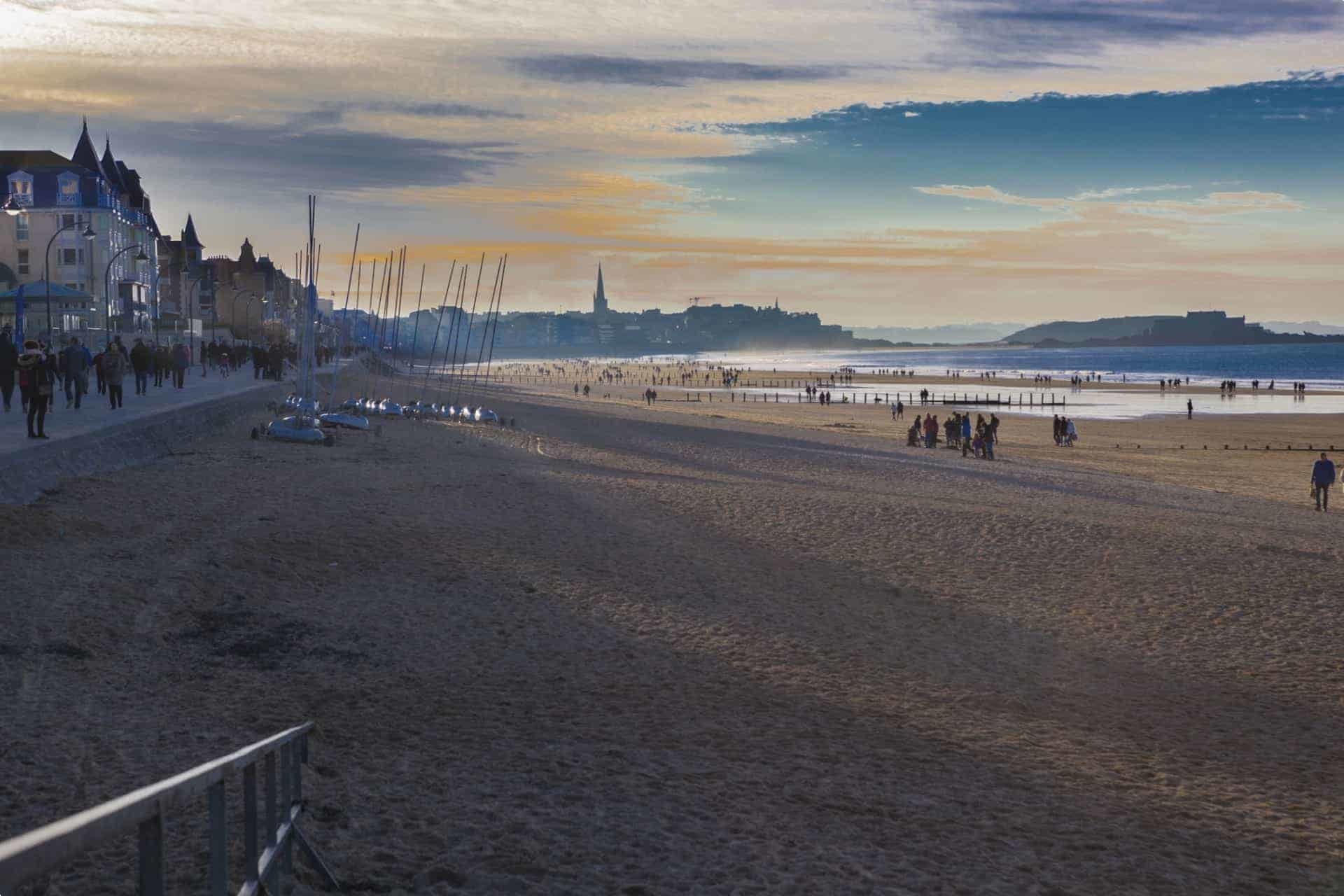
It was Guy Maupassant’s “Une Vie” that created my longing to visit Corsica – finally satisfied after many decades. Fortunately I had to wait only a couple of years after my reading of Anthony Doerr’s 2015 Pulitzer-winning “All the light we cannot see” until I could see and touch and smell Saint-Malo for myself.
Anthony Doerr transports the reader to the dark days of Saint-Malo during WWII, when the historic walled city on the Breton coast in Northern France was almost totally destroyed by a fortnight of American bombing. The city of Saint Malo had been occupied since 1940 by the Germans as part of Hitler’s Atlantic Wall, and as the tide of the war gradually turned against him, Hitler insisted that certain locations be turned into “Festungen”: defensive citadels where his troops were expected to fight to the last man, holding up the general advance of the Allies for as long as possible. There are conflicting reports of how many German troops remained at the Saint Malo Citadel by August 1944 (from 70 to 650) but certainly far fewer than supposed by the Americans, with only two anti-aircraft installations. The Allies, however, believed the Axis powers had major armaments built up within the city walls, so continued to pound the Nazis for 15 days until they surrendered on 17 August. As a result, Saint-Malo was almost completely destroyed by the American shelling and British naval gunfire – buildings that escaped a direct hit were then gutted by fire. Eighty percent of the city was lost: only 182 buildings out 865 still stood. Miraculously the wonderfully solid ramparts survived, along with the city’s residents who took shelter in the deep cellars of the 17th century mansions and surrounding chateau. In October 1949 Saint-Malo was awarded the Légion d’Honneur “in recognition of the city’s valiant resistance from 1939 to 1945; facing a brutal occupation and bearing up with courage and dignity under systematic bombings and vengeful destruction”.
From the 1950’s
In the aftermath of the war Saint-Malo Intra-Muros (within walls) also had to combat some of its own people who wanted to clear the entire site and build a completely new city. The idea of restoring its former character and architecture posed a mammoth task, but this decision was embraced by the city’s mayor, Guy La Chambre, who set in motion a grand plan in 1947 to keep aside every stone and brick in order to rebuild with the same materials the new walled city of St Malo. At the same time the plan provided for the modernisation of the old city by eliminating some of the narrowest and darkest alleys of the walled city, and installing well-hidden sanitation, electricity and telephone systems beneath the cobblestone streets. Only a handful of half-timbered homes from the old town of the 1600s were retained. The hospital and prison for Saint Malo were relocated outside of the city walls. A temporary town was built outside the town ramparts to accommodate the 6,400 homeless. Slowly the new old medieval town of Saint-Malo complete with cobbled streets of before re-emerged from the ashes. By 1952 it was time to start celebrating, though the cathedral of St Vincent was still a distressed amputee, awaiting a new spire. It took until 1972 until the port city regained its historic profile, with the cathedral spire soaring above the 60º steeply angled slate roofs of the unified granite facades of mansions proudly watching the sea. The cathedral’s original Great Rose window had already been destroyed in 1693 during an attack by the English! The current Rose window dates from 1968. St Vincent also has a stunning ultra-modern altar which was consecrated in 1991. Many of these features of this walled city of this seaside resort today, form part of guided walking tour of St Malo.
Saint Malo reclaims its history
With all vestiges of twentieth century devastation so gloriously banished, the Saint-Malo Intra Muros we see today carries us much further back in time to the swashbuckling age of the corsairs. Brittany (Breton) has always been a very independent-minded province, and Saint-Malo – a fortress of medieval town origin, tucked away on the northern Breton coast facing the English Channel – felt itself to be independent even of the rest of Brittany and Paris! The inhabitants famously consider themselves Malouins first, Bretons second, and French third. In fact in 1590 they declared their own republic, which lasted four years. The original ramparts of Saint-Malo had been started in the 12th century, and from the 13th century the Malouins were busy pillaging foreign ships out in the Channel. In 1403, during the Hundred Years War, they even ventured as far as raiding Plymouth and Yarmouth on the English coast. However, in 1661 the medieval town, clustered around its cathedral within its very tight narrow streets of some 16 hectares, caught fire and burned down. It had proved its strategic usefulness to the kings of France, so Louis XIV sent his best architects (Vauban and Garangeau) to create a long-lasting, impregnable bastion enclosed within fortified walls, a fort. The old city was gradually enlarged to 24 hectares, streets were widened or straightened, the ramparts, tall granite walls and buildings reconstructed in granite, and a fort collection on offshore islets erected that we observe today on a guided tour of Saint Malo.
The scene was now set for the “golden age of the King’s corsairs”, ie state-sanctioned piracy. The King granted the city’s sailor merchants licence, with a Letter of Marque, to go “coursing” after enemy vessels in return for a percentage of the profit from captured ships, hence the name corsairs. There was a wonderfully thin line between privateers and pirates, which sometimes overlapped with explorers and slave-traders. England’s Francis Drake was a privateer knighted by Elizabeth I, but Spain considered him not just a foe but also a pirate. During Louis XIV’s reign Saint-Malo also profited from both the spice trade of the East Indies Company, and the trade in slaves and sugar with colonial stations in West Africa and India. From the 17th century, and 1669 French nobles were permitted to engage in maritime trade without losing their privileges, so successful privateers acquired a certain glamour along with undisputed wealth and power. This can be witnessed today by visiting inside the 18th century Saint-Malo home of the director of the East India Company, the Hôtel Magon de La Lande, and hearing about the intrigues both at sea in the seizing of vessels, and on land in safeguarding the booty. At night within the ramparts it was not a time to go wandering. The motto of the city in the 1700s was Cave canem (Beware the Dog) and referred to 24 very hungry English mastiffs. Many of the little streets bear curious names that relate to historic incidents and anecdotes, like that of La Rue du Chat qui Danse (Dancing Cat street) which mocks the Anglo-Dutch attacking forces in 1693.
The North West coast of France
An enduringly fascinating characteristic of France’s north west coast is what the locals call the “coefficient”, meaning the tidal range, extreme low tide followed by the high tide over the sandy beach mark Saint Malo. Mont-Saint-Michel and Saint-Malo – both rocky outcrops with natural defences, originally settled by Celtic monks – must be the best vantage points to watch the transformation of the surrounding landscape as the tide rolls in and out.
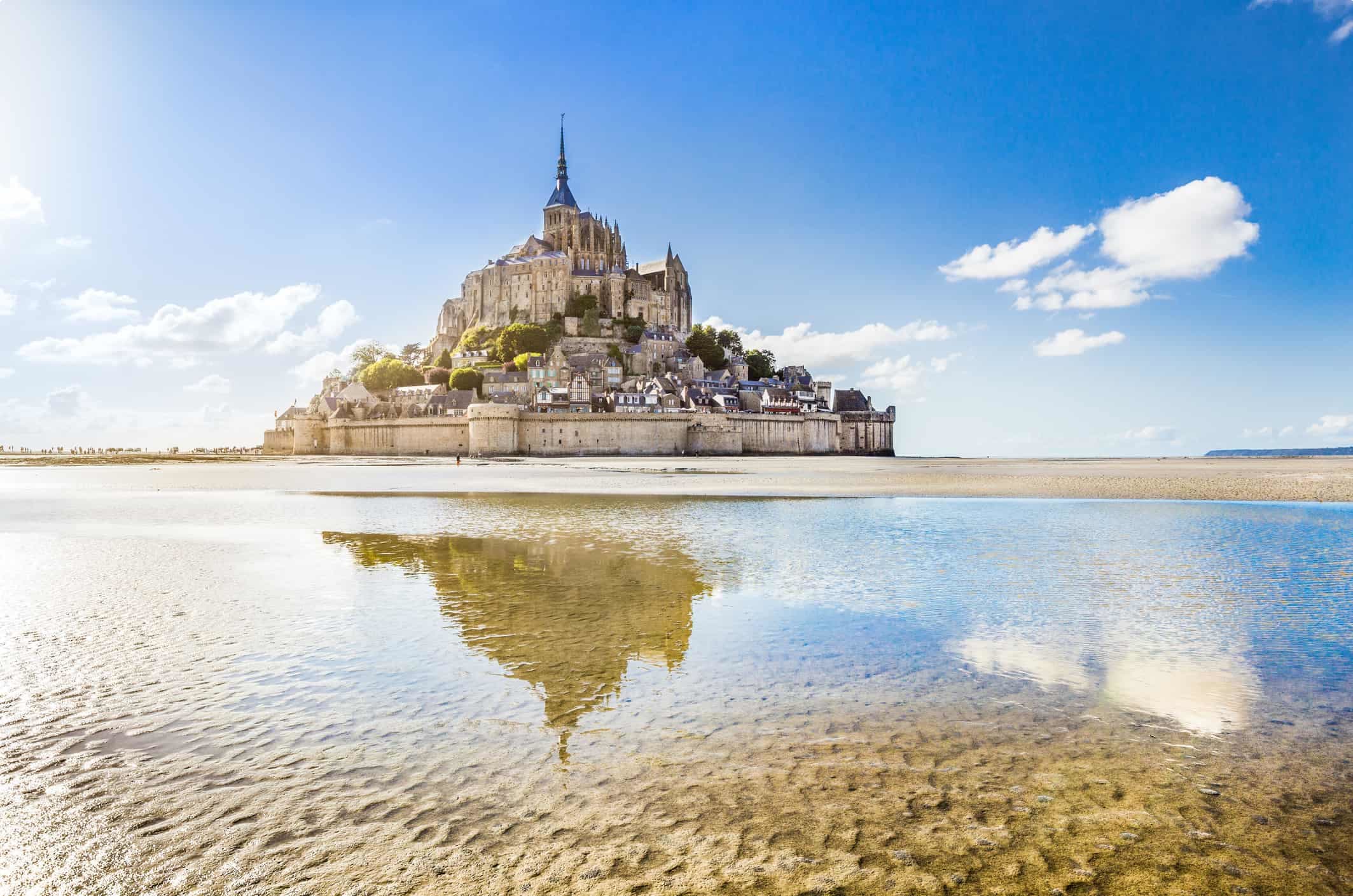
High and low tide marks vary about 14 metres, and the strongest currents in Continental Europe flow between Le Nez de Jobourg (Normandy’s westernmost tip) and Alderney (the northernmost Channel Island). On my first visit to Saint-Malo the tide was fully in upon arrival. After our first inspection of the ramparts, a short walking tour around town, and lunch near the old fish market, I was keen to enjoy a guided walking tour of the entire circuit of the city walls (a complete loop of two kilometers). By now the receding tide had uncovered the first stretches of the sandy beach that define Northern France and its coast and was gradually revealing the footpath to the Grand Bé, tempting the first impatient crossers to paddle across, trousers rolled up, shoes in hand. A little further along a pole stuck mysteriously up out of the water. I detoured up and down the staircases – cityside and beachside – and put my camera to work on the irresistible views from the various towers. When I deemed the walkway to the Grand Bé ready for a dry crossing, I turned back and discovered that the protruding pole was part of a large outdoor swimming pool, now innocently surrounded by an acre of sandy beach.
It is worth walking up the little hill of the Grand Bé just to catch the seaward views of Saint-Malo from well outside the walled city but the islet possesses a special destination for pilgrims of Romanticism. The founder of this movement in French literature, François-René, Vicomte de Chateaubriand, was born in Saint-Malo, and chose the Grand Bé to be his final resting place. On the far edge of the islet stands a simple but sturdy granite cross on a three-tiered base, facing the great expanse of sea and sky. There is no inscription, but a nearby plaque explains: A great French writer wanted to rest here in order to hear only the sea and the wind. It is a splendidly apt grave for the writer, statesman and diplomat, whose most successful work, still studied today, was written for posthumous publication and entitled Mémoir from beyond the tomb.
In case the name Chateaubriand conjures up to you something less romantic but tasty, it was indeed his personal chef, Montmireil, who created the dish for the Vicomte when he was the French Ambassador in England in 1822. While the term originally referred to the preparation of the meat, the renowned chef, Auguste Escoffier, named the specific centre cut of the tenderloin the Chateaubriand.
A little further out from the Grand Bé is the Petit Bé, which still boasts its 17th century fort, the cannons of which protected Saint-Malo many a time from invasions by the English and Dutch. Even greater care must be taken here not to be caught by the tide on this trip.
Saint-Malo honours its illustrious sons with appropriate statues, and a couple of these are unmissable along the ramparts walk: Robert Surcouf was the archetypal corsair and privateer, commended and rewarded by his country, deplored by the nations he raided, while Jacques Cartier had the great fortune to discover Canada.
Less illustrious but also profitable was the shady business of smuggling. Whether France and England were at war or not, the smuggling of tobacco, ammunition, spirits, tea, and silks took place from the 1600s onward between the Channel Islands and Saint-Malo and the surrounding coast.
Our delightful day of exploring Saint-Malo at leisure is our last day in France. This is a small group tour of St Malo as part of the Anglo French Odyssey. Later we board as part of the small group tour a large, comfortable Brittany ferry to glide 70 km over to the Channel Island of Jersey, quite free of any contraband! This day visiting St Malo is a personal favourite.
Related Articles
France
Related Tours
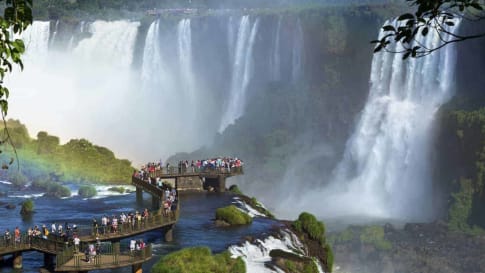
25 days
Apr, SepSouth American Small Group History and Culture Tour
Visiting Argentina, Bolivia
Experience the jewels of South America on this in-depth itinerary featuring the dramatic contrasts of this great continent on a small group tour for senior couples and solo travellers. Journey through Chile, Peru, Bolivia, Argentina and Brazil. Marvel at the ancient cultures and natural wonders of the Amazon, the snow-capped peaks of the Andes mountains, the calm waters of Lake Titicaca and the jewel coloured beaches of Rio.
From A$20,785 AUD
View Tour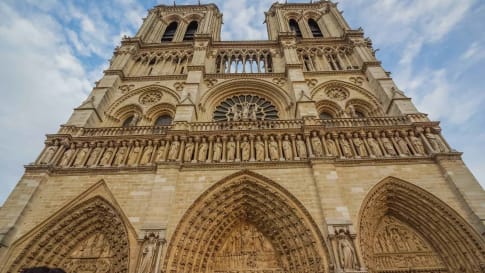
21 days
May, OctHistory of France by Rail | Escorted Small Group Tour for Seniors
Visiting France
French History by Rail small group tour is based on Ina Caro’s book of the same name. Participants live in central Paris, using apartments as a base, living as the locals do, whilst meeting each day as a small group to journey by rail and TGV to the beautiful medieval centres of France.
From A$17,595 AUD
View Tour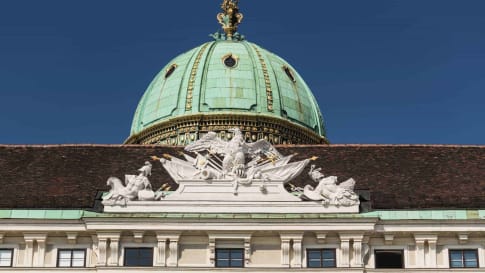
22 days
AugHabsburg Art and Classical Music small group Tour
Visiting Austria, Czech Republic
From the mediaeval jewel of Cesky Krumlow to the grandeur of the Habsburg’s summer palace in Vienna, our small group will embark on a 21 night journey to learn about these vibrant and artistically rich cities. We delve into the history of the famous artists, musicians, writers, architects and composers from Austria, Hungary, Poland and the Czech Republic.
From A$15,245 AUD
View Tour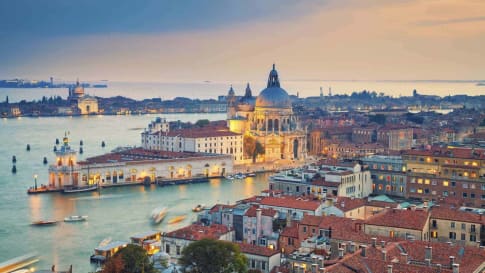
27 days
DecEuropean Cities Small Group History and Cultural Winter Tour
Visiting Albania, Croatia
An escorted tour A Journey that commences in Rome and takes in 12 destinations along its journey to Athens. This is an off season small group journey with like minded people. A small group tour across Southern Europe with local guides sharing authentic in-country authentic experiences for mature couples and solo travellers.
From A$17,295 AUD
View Tour
24 days
Apr, SepRural France | Small Group Tour for Seniors
Visiting France
On this small group Rural France tour, we spend 24 days exploring France beyond its bustling cities, travelling off the beaten track. We will explore the pastoral and provincial splendour of French rural towns which have resisted the dual siege of the automobile and the property developer. Our small group will visit many of France’s beautiful towns where within their walls the villagers conduct their daily lives much as they have done since Napoleonic times.
From A$19,895 AUD
View Tour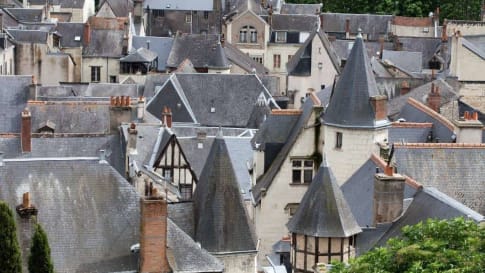
18 days
Jun, SepLoire Valley Walking Tours | Small Group Tours of France
Visiting France
The Loire Valley is the largest of all the UNESCO World Heritage sites. This small group walking tour daily itineraries cross a multitude of historic towns and villages providing authentic experiences for couples and single travellers to enjoy. A small single supplement applies to solo travelers.
From A$13,365 AUD
View Tour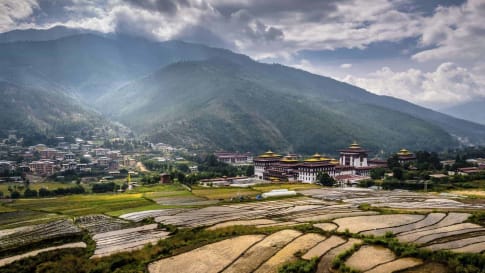
17 days
Sep, AprBhutan | Small Group Cultural Tour
Visiting Bhutan
An unhurried ocean of calm in a crowded continent, Bhutan is scenically magnificent. Join our small group escorted tour and walk up the mountain to the famous Tiger's Nest monastery. The Bhutanese will welcome you to share their distinctive culture, unpolluted environment, and colourful festivals.We explore centuries of Buddhist tradition inherited from Tibet that have shaped this land with art, dance, music, and even medicine shaped by religion.
From A$13,695 AUD
View Tour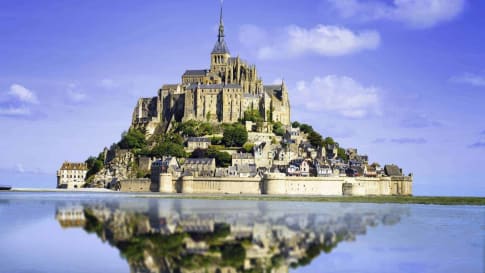
22 days
Aug, May, Apr, SepNormandy and Brittany escorted history tours for small mature grups
Visiting France
This small group tour for couples and solo travellers is centred on the North West corner of France: Normandy, where the peaceful landscape belies a turbulent past; Brittany, where a strongly separate Celtic culture is still evident; Poitou, famous for its rich farmlands and historic ports; and the Loire Valley, replete with royal châteaux.
From A$15,895 AUD
View Tour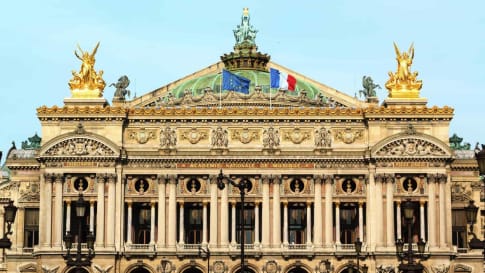
18 days
Sep, Jun, Mar, OctEuropean Ballet escorted small groups tour for senior travellers
Visiting France, Germany
For couples and solo travellers who enjoy the ballet and the arts this 16 day program from Amsterdam to Hamburg and finishing in Paris is a dance delight. Programs and actual performances will vary, but the structure and fabric of the experiences to be enjoyed within a small group remains the cornerstone of your experience on this program.
From A$12,695 AUD
View Tour
11 days
Sep, MayHeritage, culture, history of Italy, seniors small group - Short Tour
Visiting Italy
Odyssey's small group tour features the best of the Italian countryside as well as the great cities and icons of Italy. We will see the Renaissance cities of Florence, Pisa, and Lucca as well as the Umbrian medieval cities of Perugia.
From A$8,195 AUD
View Tour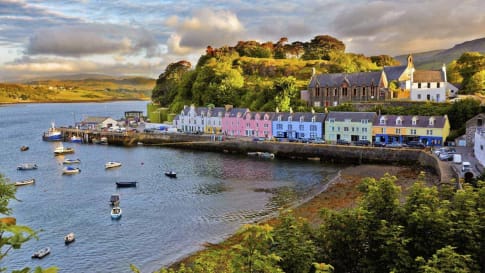
20 days
May, Jul, Aug, SepScottish Islands and Shetland small group tours for seniors
Visiting Scotland
An escorted small group tour for couples and solo travellers of the Scottish isles including the isle of Skye draws on local guides to share their knowledge of the destinations in this unique part of Scotland. UNESCO world heritage site are visited as breathtaking scenery and authentic experiences are shared in a group of like minded people on this guided tour of remote Scotland.
From A$17,525 AUD
View Tour
10 days
SepNamibia Wildlife and Culture Tour for Seniors
Visiting Namibia
A small group tour for seniors and couples to Southern Africa for couples and solo travellers. Namibia shares borders with Angola and Zambia to the north, Botswana to the east and South Africa to the south and east. Wedged between the Kalahari and the South Atlantic, Namibia is home to the oldest desert of the earth. Despite its parched reputation, Namibia is one of the world’s best wildlife destinations.
From A$11,695 AUD
View Tour

